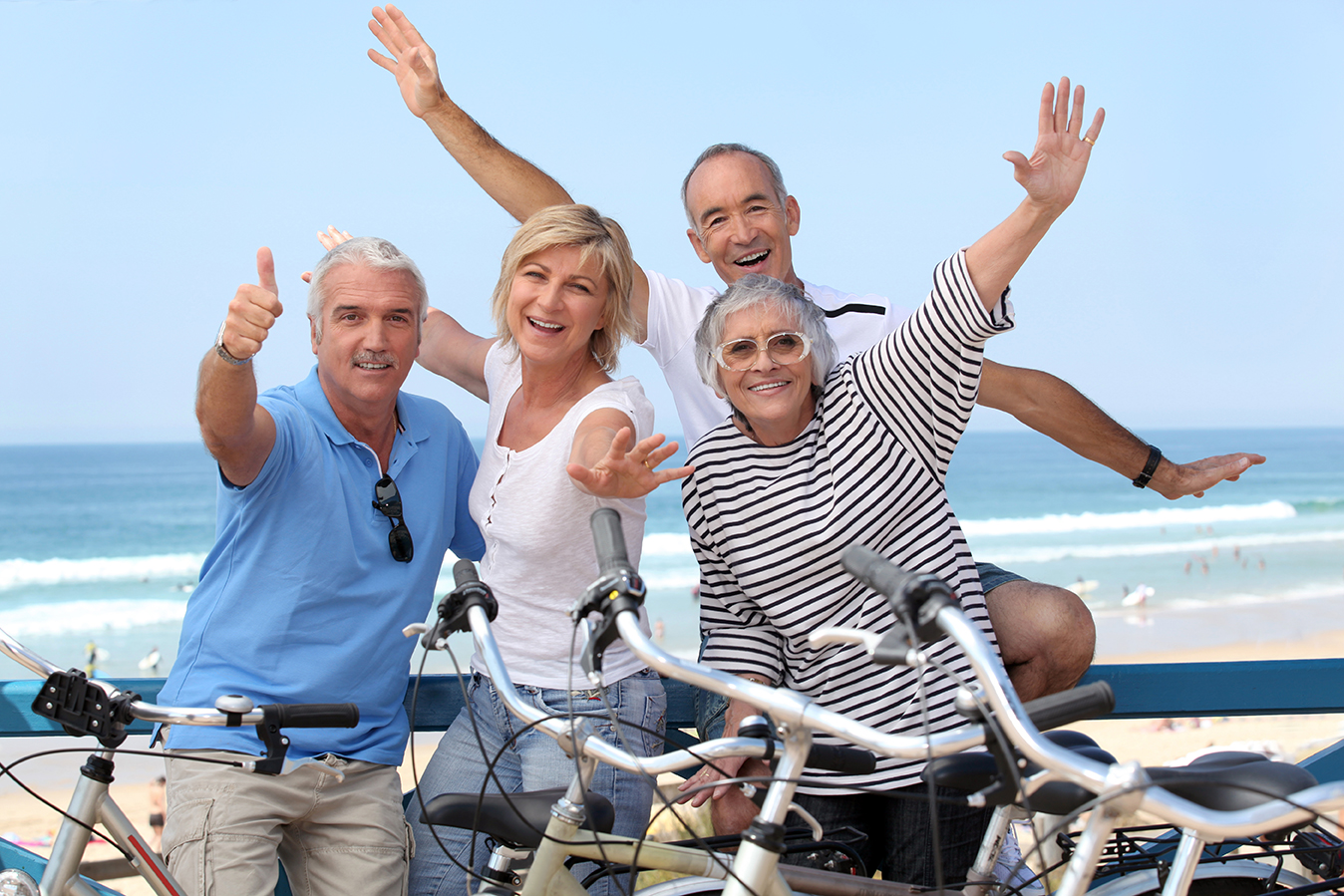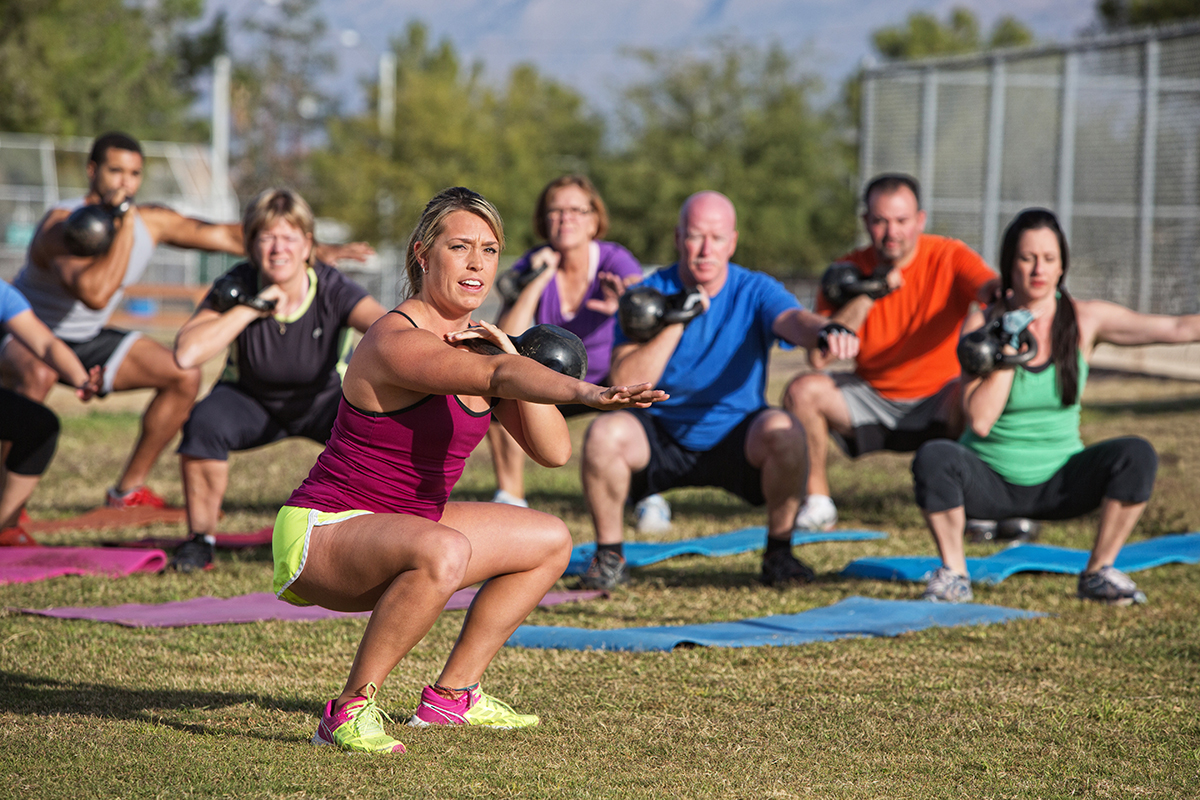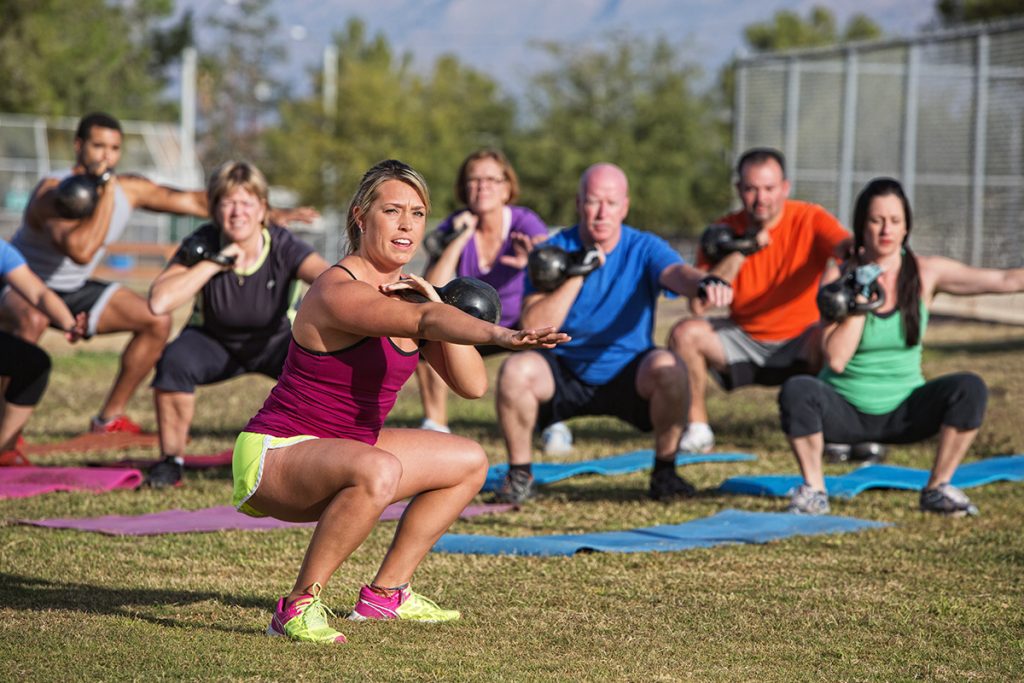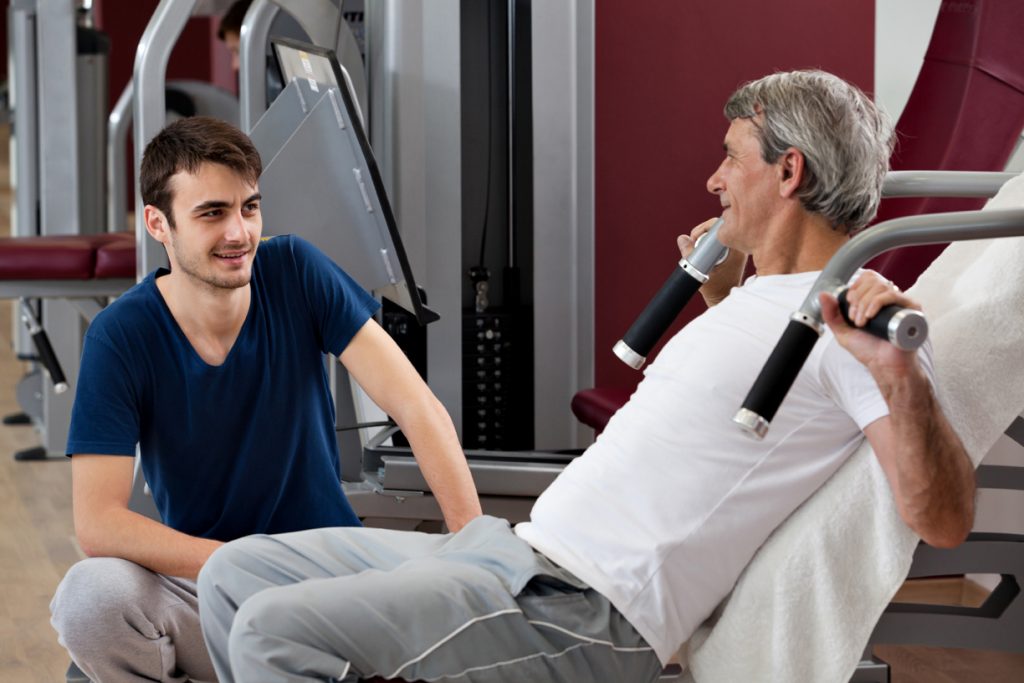The Snowball Effects of Burnout: Organizational Devastation and Individual Burnout
The pandemic has had a devastating impact on the health of the workforce and its employees!
Employers are experiencing…
Lost your password? Please enter your email address. You will receive a link to create a new password.

The pandemic has had a devastating impact on the health of the workforce and its employees!
Employers are experiencing…

Wellness: the quality or state of being healthy in body and mind, especially as the result of deliberate effort.

There has never been a better time for our Industry to position ourselves to be the Health, Fitness and Wellness Experts to fill the gaps that are looming in front of us. Gaps such as serving the 80 % of our population whose health journey may not begin with exercise but with Stress Management, or Nutrition or Sleep Hygiene. Gaps such as Burnout now reported as 1 in 2 Americans suffering and becoming more and more comprised in their productivity at work, with their health and suicide on the rise. Gaps such as the healthcare systems struggling post pandemic with staffing shortages, quality of care issues, burnout, and closures – it all begs the question, “Where does the average consumer start their health and wellness journey?”
It starts with our Industry!
We are the experts, innovators, creators, coaches, trainers, and business sector to reach out and lead the charge of delivering health, fitness and wellness to the people; no matter where they are located – Employers, Churches, Apartment Complexes, Schools, Resorts/Spas, Golf and Country Clubs, Assisted Living and Older Adult Communities, to name a few.

From my lens of corporate wellness, medical wellness, healthcare and fitness industry challenges; I forecast the following trends for 2023:
The Pandemic has had a devastating impact on the health of the workforce and its employees which is where we find the vast majority of adults.
Employers are experiencing:
Employees are experiencing:

Originally printed in Club Industry 2023 Trends Report. Reprinted with permission from Debbie Bellenger.
Debbie Bellenger is a skilled presenter, public speaker, TRX Master Trainer and Reebok Master Trainer. Over the past 30 years, Debbie has been developing and delivering medical wellness programs in an integrated continuum of care model with providers using EPIC as a platform of referrals and communications back and forth. She also successfully developed a new service line for CaroMont Regional Medical Center called Employer Wellness services which sold over $500,000 of corporate wellness programs with coordinators to local companies. Debbie is the 2014 Medical Fitness Association Corporate Wellness Director of the Year – Employee Wellness. She is the 2017 IDEA Program Director of the Year Award recipient, which recognizes a Director who develops and delivers health, fitness and wellness programs for employees, participants and patients that have successfully changed behaviors and demonstrated positive outcomes of improved health.

2020 came and went with a pandemic and the resulting crash of our fitness industry as we knew. It seemed like time stopped. Fitness facility doors closed. Staff were furloughed and separated. Fitness delivery models changed overnight – hybrid models of live streaming and on-demand services. Business plans were re-done for a budget year that evaporated.
The OPPORTUNITY… there has been an increased awareness of the value of good health and the importance of exercise. Much of the research shared post-COVID clearly demonstrated that the sickest were at the highest risk with COVID and that those who were mostly healthy fared much better when diagnosed with COVID.
CDC reported that obesity worsens outcomes from COVID-19. Obesity increases the risk of severe illness, tripled the likelihood of being hospitalized, and is linked to impaired immune function, decreased lung capacity and many other risks. Obesity is forecasted to exceed 50% in Americans by 2030.
How do we go forward as business owners to capitalize on a perfect storm of individuals now realizing and valuing their health as an asset? How do we go forward to create environments in which our facilities feel like a home away from home for new exercisers, de-conditioned, COVID recoveries, overweight, out of shape and scared individuals who now wish to exercise?
American Psychological Association reported recently that Americans’ Physical Health has taken a back seat since the start of the pandemic. It was reported that 47% delayed or canceled healthcare services and that 53% have been less active than they wanted.

How do we fill the gap to provide services and welcome all ages, stages, shapes, sizes into our facilities to capitalize the business opportunity and to support those who need us most to get healthier?
THINK “A GYM without WALLS” and offer wellness to all – become the health hub of your community!! It makes good business sense for all!
Debbie Bellenger is a skilled presenter, public speaker, TRX Master Trainer and Reebok Master Trainer. Over the past 30 years, Debbie has been developing and delivering medical wellness programs in an integrated continuum of care model with providers using EPIC as a platform of referrals and communications back and forth. She also successfully developed a new service line for CaroMont Regional Medical Center called Employer Wellness services which sold over $500,000 of corporate wellness programs with coordinators to local companies.
Debbie is the 2014 Medical Fitness Association Corporate Wellness Director of the Year – Employee Wellness. She is the 2017 IDEA Program Director of the Year Award recipient, which recognizes a Director who develops and delivers health, fitness and wellness programs for employees, participants and patients that have successfully changed behaviors and demonstrated positive outcomes of improved health.

In the daily grind of life, it can be challenging – between doctors appointments, grocery shopping, meal prepping, upkeeping your home – to prioritize what benefits your wellness and wellbeing. Things like enjoying healthy meals, making the time to go out for a walk, maybe even taking an art class – these activities take deliberate effort, planning and determination to find, coordinate and attend.